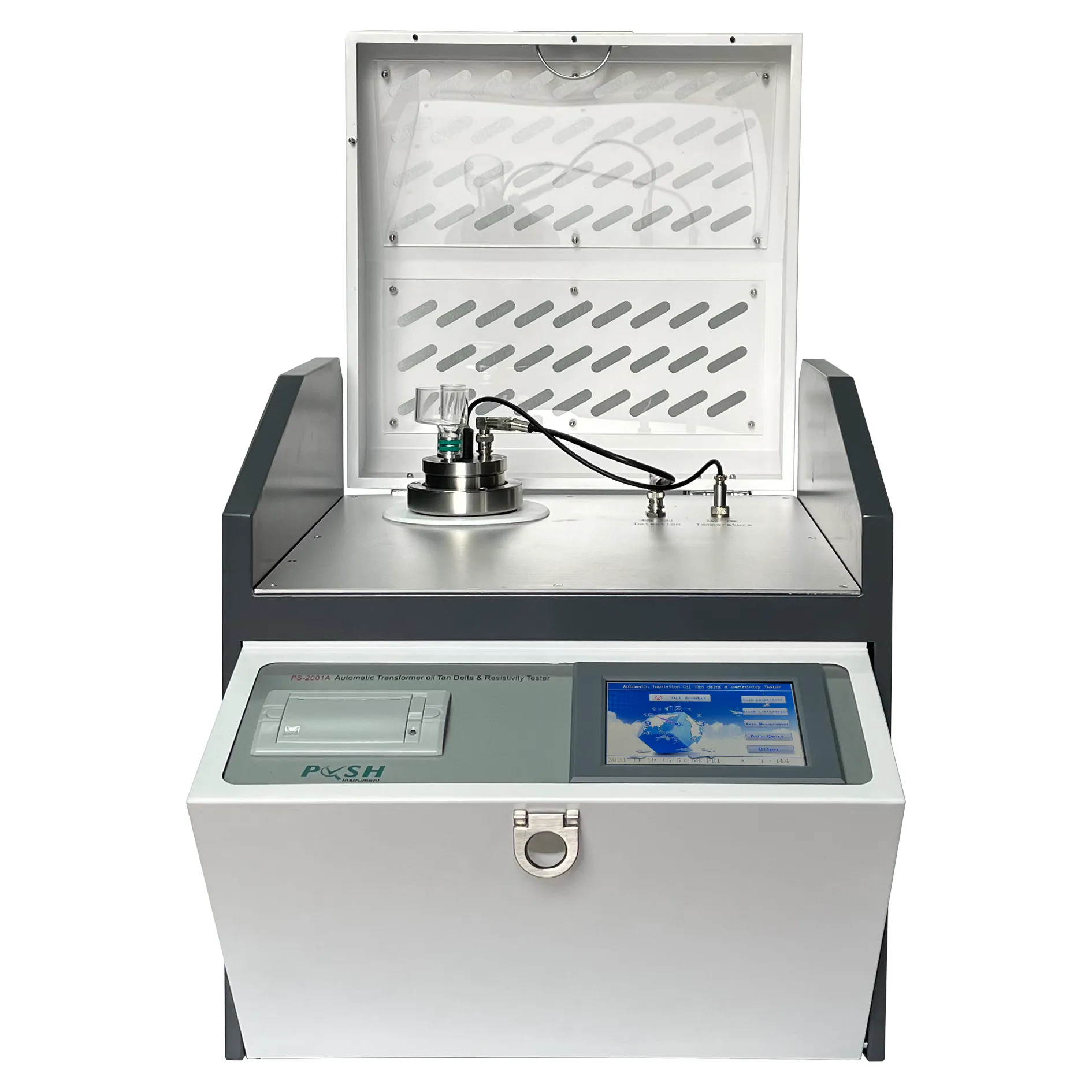 English
English


Measuring Transformer Resistance Accurately with Advanced Meter Technology
Understanding the Transformer Resistance Meter An Essential Tool for Electrical Maintenance
In the realm of electrical engineering, precision and reliability are paramount. One of the crucial tools that help achieve this standard is the transformer resistance meter. This specialized instrument measures the winding resistance of transformers, ensuring that they function optimally during their lifetime. This article will delve into the significance of transformer resistance meters, how they operate, and the best practices for their use.
Transformers play a vital role in transferring electrical energy between circuits while adapting voltage levels. They are fundamental components of power distribution systems, ensuring that electrical power reaches residential and commercial areas safely and efficiently. However, like all equipment, transformers can experience degradation over time. To uphold their operational integrity, regular maintenance and testing are necessary.
The winding resistance of a transformer is a critical factor in its performance. High resistance can signify issues such as poor connections, damaged windings, or insulation breakdown. Hence, measuring winding resistance accurately is crucial for diagnosing potential faults before they escalate into more severe problems. This is where a transformer resistance meter comes into play.
The transformer resistance meter operates by applying a known current through the winding of the transformer and measuring the resulting voltage drop. Ohm's law (V=IR) is then used to calculate the resistance. Modern resistance meters often employ advanced techniques, such as digital displays and automated readings, which enhance accuracy and ease of use. Additionally, some meters incorporate features that provide automatic averaging of results, making it simpler to obtain reliable measurements.
transformer resistance meter

Using a transformer resistance meter involves several best practices to ensure accuracy and safety. First and foremost, it is vital to ensure that the transformer is de-energized before conducting any tests. This prevents any risk of electrical shock or damage to the equipment. Next, connections should be clean and secure to reduce resistance in the testing circuit, which can lead to skewed results.
Calibration of the meter should also be performed periodically to maintain its accuracy over time. Regular calibration ensures that the measurements obtained are reliable and within the acceptable ranges set by industry standards. It is also advisable to document the test results meticulously, as this data can be invaluable for trend analysis and predictive maintenance practices.
Furthermore, environmental factors can influence the readings taken by a transformer resistance meter. For instance, temperature variations can affect the resistance measurement; consequently, tests should be conducted under controlled conditions whenever possible. Additionally, understanding the specific operating conditions of the transformer being tested – such as its service age and load history – can provide insights that guide maintenance decisions.
In conclusion, a transformer resistance meter is an essential tool in the maintenance and assessment of electrical transformers. By ensuring accurate measurements of winding resistance, it helps in identifying potential issues before they compromise the system’s integrity. Proper use and regular maintenance of the meter itself are vital for obtaining reliable results. As the world continues to rely on electrical systems, the transformer resistance meter will remain a cornerstone of effective electrical engineering practices, ensuring the longevity and efficiency of transformers in our power distribution networks.
-
Differences between open cup flash point tester and closed cup flash point testerNewsOct.31,2024
-
The Reliable Load Tap ChangerNewsOct.23,2024
-
The Essential Guide to Hipot TestersNewsOct.23,2024
-
The Digital Insulation TesterNewsOct.23,2024
-
The Best Earth Loop Impedance Tester for SaleNewsOct.23,2024
-
Tan Delta Tester--The Essential Tool for Electrical Insulation TestingNewsOct.23,2024





